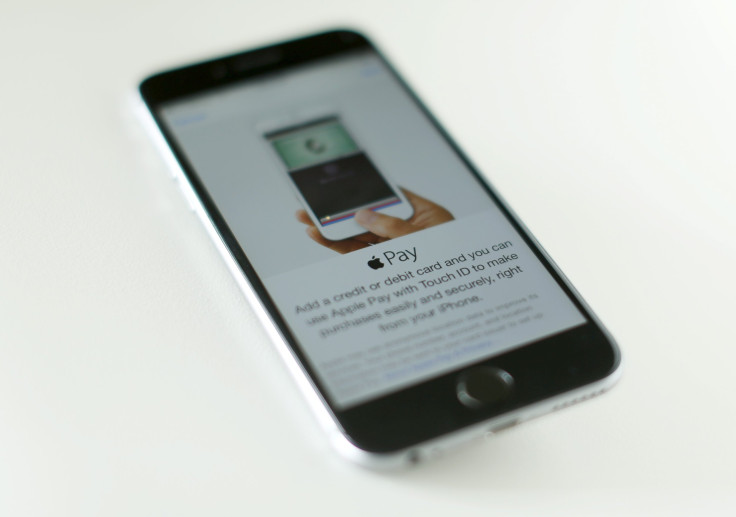As smartphone sales plateau, tech giants including Apple, Google and Samsung are looking toward the next big thing that will keep them relevant, knowing that may not be a revolutionary piece of hardware. Dictating not only what we pay for, but also how we pay for it -- and using brand loyalty to achieve these means, may be their exact ticket to longevity.
Enter Apple Pay, Android Pay and Samsung Pay.
“It is about finding new source of revenues, knowing more about the consumers and locking them more into the ecosystem,” Kantar analyst Carolina Milanesi told iDigitalTimes.
Unlike a hot new technology trend, currency tends to be enduring. Money doesn’t go out of style as quickly as the latest iPhone. But consumers should expect an end date for the prevalence of our current modes of spending, such as using credit cards.
“It’s a natural next step forward,” Pieter Mees, CEO and co-founder of the interactive, smart-video platform Zentrick told iDigitalTimes. “Coinage overtook bartering, paper money overtook coinage, credit cards overtook paper money, and now credit cards are ripe to be disrupted by the singular device you use already for everything in your life.”
The rapid introduction to mobile payment systems such as Apple Pay, Android Pay and Samsung Pay, is playing more like an exercise in awareness than it is an actual implementation of these services. Companies want consumers familiar with these services so that if and when they do take off, they are already on the market. But for now it will mostly be early adopters and enthusiasts of new technology that use mobile payment systems, Milanesi notes.
The best way for companies to attract consumers to their mobile payment systems may not be smartphones, but rather wearables. The Apple Watch happens to support Apple Pay, and is currently the only smartwatch with that ability. There are rumors that Samsung’s upcoming smartwatch may support Samsung Pay. There is no word on whether Android Pay will be compatible with Android Wear smartwatches. But there are also hurdles from the wearable end of the mobile payment market.
“Wearables I think change the game a bit more as [there are] less steps you need to make [to authenticate payments], but uptake for wearables will be slow as they are not essential devices,” Milanesi said.
Apple didn't disclose sales figures for the Apple Watch at its recent earnings call; however, analysts estimate the wearable has sold approximately 4 million units in the last three months. The smartwatch has quickly amassed 75 percent of the smartwatch market since its late-April launch, and quickly eclipsed Samsung’s previous 73.6 percent market share between January and March, which is now down to 7.5 percent. But even with the introduction of the Apple Watch, the overall smartwatch market remains too small to facilitate a change in how consumers view currency, so companies will likely continue to focus on smartphones.
At this point, there is no fundamental shift in ease of use for consumers to favor mobile payment systems over credit cards, especially in the U.S. where credit card payments are usually a one-step process.
“Convenience matters but taking your phone out is not that much more convenient than taking out your card,” Milanesi said.
However, this is not the case for many consumers overseas. Many foreign markets require PIN codes and other security measures when using credit cards, Mees notes. There is potential for these services to take off in foreign countries, but outside of Apple Pay recently launching in the U.K. and Samsung Pay currently being tested in Korea before its September launch, mobile payment systems will be targeted largely at U.S. consumers, who don’t yet see a pertinent need for a such services.
Currently, Apple Pay is the only mobile payment service of the three on the market, with only 13 percent of iPhone 6 and Phone 6 Plus users in the U.S. having used the service, Kantar reported in June. The concept of mobile payment systems likely won't take off until there are more iPhone versions on the market compatible with the service, and until the Android-based rivals Android Pay and Samsung Pay are readily available on devices as competition.
Whenever mobile payment systems do become the next big thing, it is possible distribution will pan out similar to how it has with smartphones.
“Apple devices are simply too expensive for the majority of the population, Android has a much larger installed base,” Mees said. “My bet would be on Apple in the more prosperous countries, and Android in emerging economies.”

















